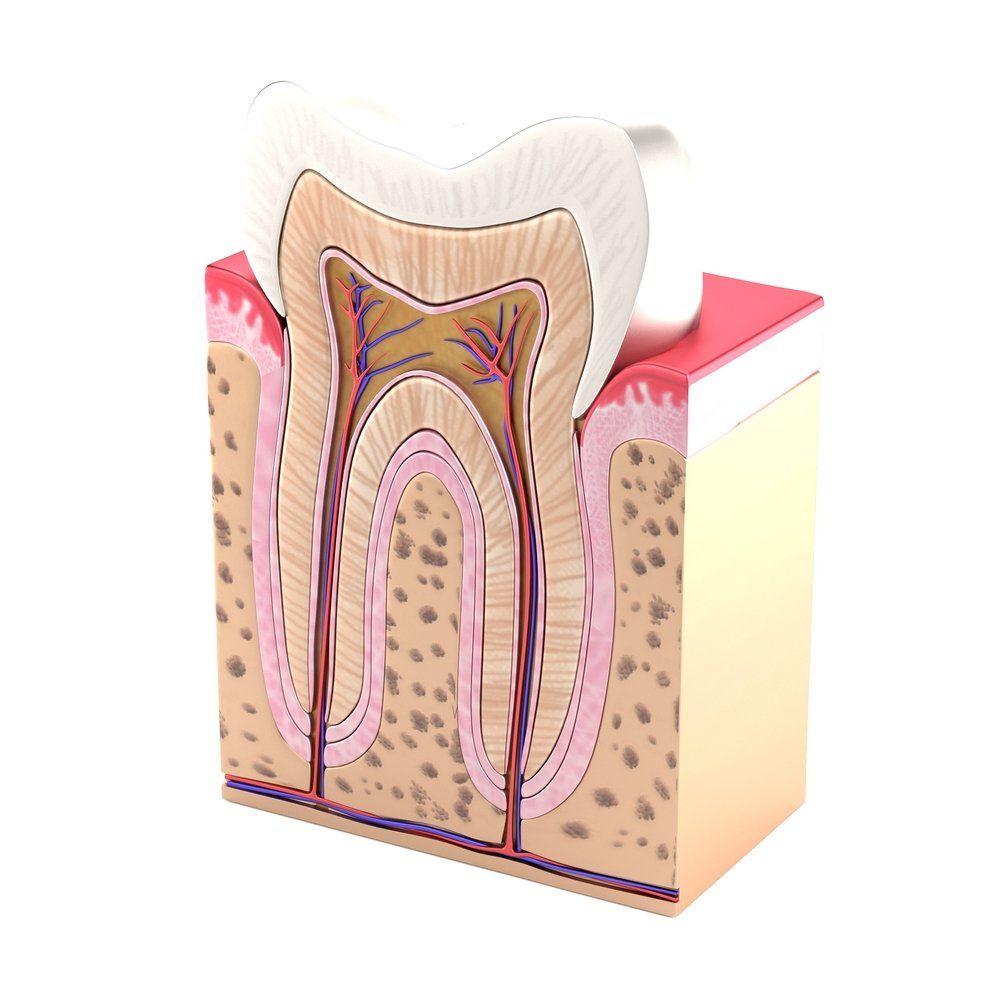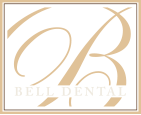The Fascinating Anatomy of a Tooth
 One of the most complex and fascinating organs in the human anatomy is, believe it or not, the tooth.
One of the most complex and fascinating organs in the human anatomy is, believe it or not, the tooth.
Dr. Brian Bell and Dr. Justin Crocker, of Bell Dental Lake Jackson, TX, perform a range of restorative dentistry treatments to help patients maintain good oral health. Here, they review the anatomy of a tooth so patients know how best to care for their teeth.
The Tooth
In the most general terms, a tooth can be divided into the crown and the root. The crown of a tooth is the portion that extends above the gum line, while the root is the portion that is embedded in the jawbone. The tip of the root is called the apex.
Front teeth (incisors and canines) have one root, while back teeth (premolars and molars) have two to four roots. The functional or chewing surface of a tooth is known as the incisal surface for front teethand the occlusal surface for back teeth. The pointed structures on the chewing surfaces of back teeth are called cusps.
The Layers of a Tooth
The tooth is composed of four layers.
- Enamel is the outer layer of the crown of a tooth. It is the hardest substance in the human body and serves to protect the tooth.
- Cementum is the bone-like outer layer of the root of the tooth. The cemento enamel junction refers to the area where the enamel ends at the gum line. The cementum is surrounded by the periodontal ligament, which attaches the cementum of the root to the surrounding alveolar bone.
- Dentin is the dense secondary layer of a tooth that is located beneath the enamel and cementum. It comprises the bulk of the tooth. It consists of microscopic tubules that contain nerve endings from nerve tissue originating in the pulp. Hence, if the dentin becomes exposed, the tooth can become sensitive to heat, cold, touch, and other stimuli.
- Dental Pulp is the soft, connective tissue inner core of the tooth that contains the tooth's nerves and blood vessels. This is where all the tooth's pain fibers originate. Its primary purpose is nutrition for the tooth and it also functions to heal the tooth by producing additional dentin. The pulp is located in the tooth crown's pulp chamberand in the root canal of the root or roots.
The Big Picture
The permanent human dentition consists of 32 teeth, 16 in the upper jaw and 16 in the lower jaw:
- Incisors: Four upper/four lower
- Canines: Two upper/two lower (sometimes called eye teeth)
- Premolars: Four upper/four lower (also called bicuspids), categorized from front to back as first and second premolars
- Molars: Six upper/six lower, categorized from front to back as first, second, and third molars
The teeth are numbered sequentially 1 through 32, starting in the upper right rear (#1) to upper left rear (#16), and lower left rear (#17) to lower right rear (#32). The four rear-most, or third, molars (#1, 16, 17, and 32) are sometimes called wisdom teeth.
Teeth are truly incredible structures that, when properly cared for, can help keep us nourished, healthy, and smiling, for our entire lives.
Contact Us
If you have questions or concerns about your teeth or any other aspect of your oral health, we would like to hear from you. We provide a wide range ofcosmetic and restorative dental procedures that can improve your dental health and give you a brighter smile. Call us for an appointment at (979) 297-1201 or contact us on our website.



